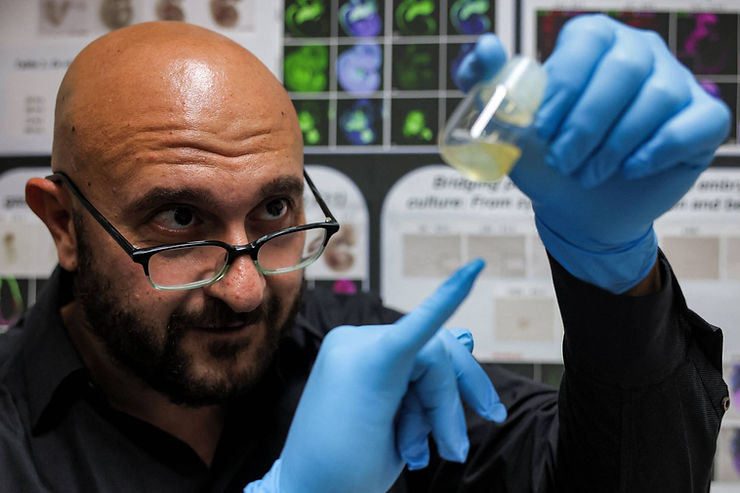By: Kathie Chu
Scientists in Israel are now one step closer to growing human organs in a laboratory, thanks to mouse embryos. They successfully grew synthetic mouse embryos without using sperm cells, eggs, or a womb. Instead, they used stem cells and an artificial womb. Fifty of the 10,000 trials were successful, with the longest lasting eight days into embryo development. Mouse pregnancies usually last 20 days. This is almost half of a mouse pregnancy. Despite the failure rate, it’s a massive leap in the long process of optimizing stem cells to treat human diseases.
Although the synthetic mouse embryos bore a close resemblance to natural mouse embryos, they were not exactly the same and did not implant or result in pregnancies in real mice, according to Jacob Hanna, the stem cell scientist at the Weizmann Institute of Science who led the research. This study obviously still needs a lot of work and proposes an ethical dilemma because at what point do they become too real? “The mouse is a starting point for thinking about how one wants to approach this in humans,” Alex Meissner, a stem cell biologist at the Max Planck Institute for Molecular Genetics, told The Washington Post. “It’s not necessary to be alarmed or raise any panic, but … as we learn, it’s important to have in parallel the discussion: How far do we want to take it?”
In addition to serving as a research model, the artificial womb could also someday serve as an incubator for cells, tissues, and organs grown for transplant procedures. This study can improve our understanding of how organs form and other medical processes. Stem cell research has been going on for a while, and this is a huge leap for the field.











